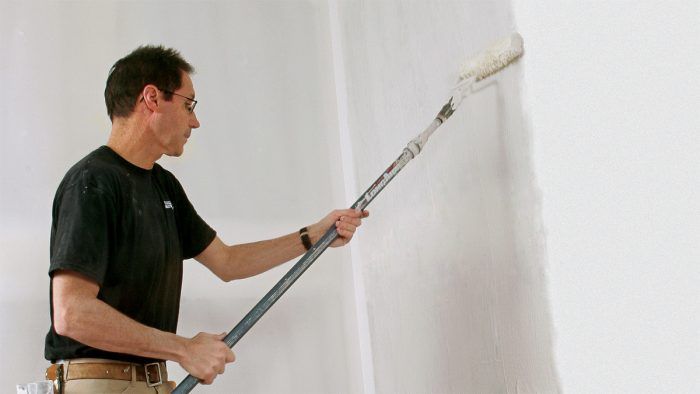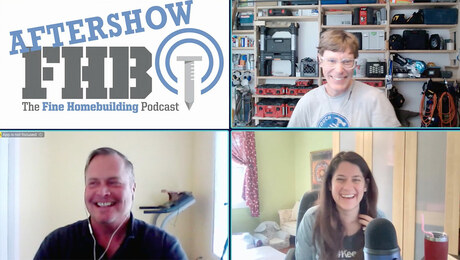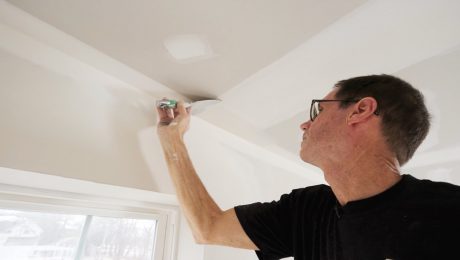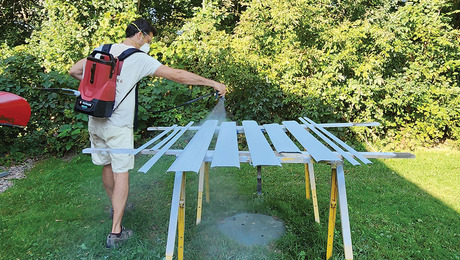Repairing Drywall After Removing Wallpaper
Use this process to sand and seal any damaged drywall before priming and painting.

I’m stripping wallpaper off drywall and planning to paint the walls when I’m finished. The wallpaper was glued right to the drywall—no primer or paint was applied—so some of the white drywall paper is coming off and exposing a brown paper layer. Do I need to do anything to those areas of brown paper to get a smooth surface for painting?
—Mellissa, via email
Mike Mulvey, a plaster specialist from Amenia, N.Y., replies: Whenever I repair walls that have had wallpaper stripped from them, I first sand down any high spots around the exposed brown paper using 100-grit or 120-grit paper. I like to use a Festool dustless sanding system on my jobs, but any sandpaper that is manufactured for sanding drywall compound is fine.
Next, I paint all the brown paper with Zinsser’s BIN pigmented shellac to seal it. Once the shellac is dry, I do a light hand-sanding, again with 100-grit or 120-grit paper. Sometimes the shellac lifts the paper in other areas and it’s not always noticeable by eye. Hand-sanding lets me run my fingers over the surfaces and find hollow points. If this occurs, I peel these areas back to the brown paper and repeat.
I fill deeper voids with a setting compound such as Durabond. It doesn’t shrink like other taping compounds and reduces the number of coats needed. After that dries, I use USG’s Easy Sand or any USG joint compound as an additional coat, depending on the time frame. Easy Sand is a setting compound and will be sandable more quickly than regular joint compound.
If the walls have a lot of damage, skim-coating the whole wall is a better option. After repairing the deep damage with Durabond and allowing it to dry totally, I skim the whole surface with USG All Purpose compound (the stuff with the green lid). Sometimes it’s helpful to water down the first coat of compound and apply it with a 1/2-in.-nap paint roller and then knock it down with a large, 24-in. skim-coat blade. Use a limp-wristed, light-pressure approach on this coat. After this coat dries, cover the bubbles or trowel marks with a second coat and then sand it with 220-grit sandpaper and prime with a drywall-specific primer.
Photo: Patrick McCombe
RELATED STORIES





























